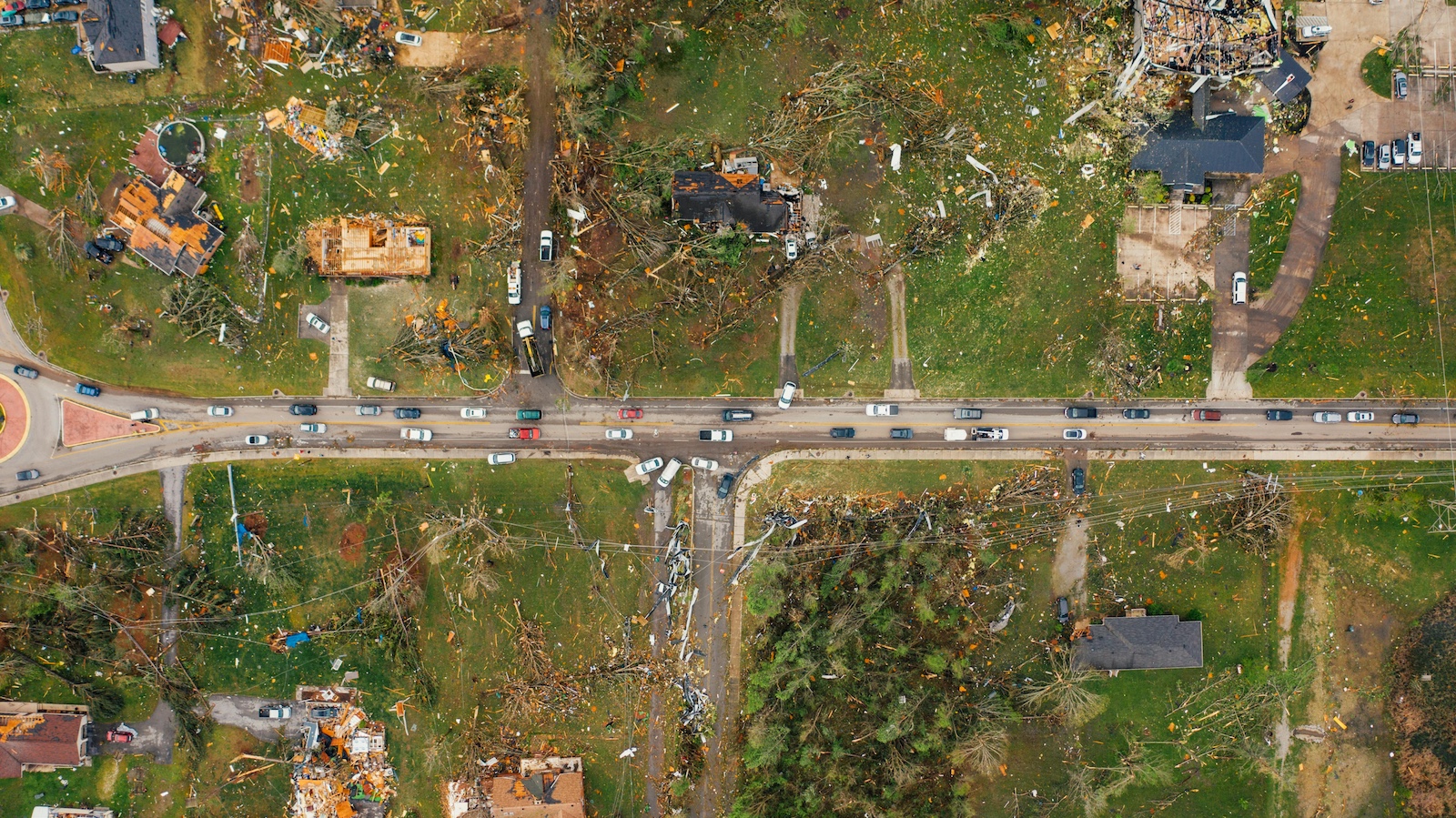With just months to go until the year-end 2014 expiration of the government-backed Terrorism Risk Insurance Program Reauthorization Act (TRIPRA), the debate between industry and government over terrorism risk is intensifying.
The discussion comes in a year that marks the one-year anniversary of the Boston Marathon bombing—the first successful terrorist attack on U.S. soil in more than a decade. The April 15, 2013, attack left three dead and 264 injured.
Industry data shows that the proportion of businesses buying property terrorism insurance (the take-up rate for terrorism coverage) has increased since the enactment of the Terrorism Risk Insurance Act (TRIA) in 2002, and for the last five years has held steady at around 60% as businesses across the U.S. have had the opportunity to purchase terrorism coverage, usually at a reasonable cost.
However, should TRIPRA not be extended, brokers have warned that the availability of terrorism insurance would be greatly reduced in areas of the U.S. that have the most need for coverage, such as central business districts. Uncertainty around TRIPRA’s future is already creating capacity and pricing issues for insurance buyers in early 2014, reports suggest.
New Aon data show that retail and transportation sectors face the highest risk of terrorist attack in 2014. Both sectors were significantly affected in 2013, as highlighted by the Sept. 21, 2013, attack by gunmen on the upscale Westgate shopping mall in Nairobi, Kenya, as well as the Boston bombing.
The vulnerability of the energy sector to a potential terrorist attack has also been highlighted following an April 2013 assault on a California power station when snipers took down 17 transformers at the Silicon Valley plant.
The Boston Marathon attack—twin explosions of pressure cooker bombs occurring within 12 seconds of each other in the Back Bay downtown area—adds to a growing list of international terrorism incidents that have occurred since the terrorist attack of Sept. 11, 2001, and highlights the continuing terrorism threat in the U.S. and abroad.
Following 9/11, the 2002 Bali bombings, the 2004 Russian aircraft and Madrid train bombings, the London transportation bombings of 2005 and the Mumbai attacks of 2008 all had a profound influence on the 2001 to 2010 decade. Then came 2011, a landmark year, which simultaneously saw the death of al-Qaida founder Osama bin Laden and the 10-year anniversary of the Sept. 11 attacks.
While the loss of bin Laden and other key al-Qaida figures put the network on a path of decline that is difficult to reverse, the State Department warned that al-Qaida, its affiliates and adherents remained adaptable and resilient and constitute “an enduring and serious threat to our national security.”
A recently published RAND study finds that terrorism remains a real—albeit uncertain—national security threat, with the most likely scenarios involving arson or explosives being used to damage property or conventional explosives or firearms used to kill and injure civilians.
The Boston bombing serves as an important reminder that countries also face homegrown terrorist threats from radical individuals who may be inspired by al-Qaida and others, but have little or no actual connection to known militant groups.
In a recent briefing, catastrophe modeler RMS assesses that the U.S. terrorist threat will increasingly come predominantly from such homegrown extremists, who because of the highly decentralized structure of such “groups,” are difficult to identify and apprehend.
Until the Boston bombing, many of these potential attacks had been thwarted, such as the 2010 attempted car bomb attack in New York City’s Times Square and the attempt by Najibullah Zazi to bomb the New York subway system.
Other thwarted attacks against passenger and cargo aircraft indicate the continuing risk to aviation infrastructure. The investigation into the March 7, 2014, disappearance of Malaysia Airlines flight 370 over the South China Sea aircraft with 239 passengers has raised many concerns over the vulnerability of aircraft to terrorism.

Counterterrorism success in 2011 came as a number of countries across the Middle East and North Africa saw political demonstrations and social unrest. The movement known as the Arab Spring was triggered initially by an uprising in Tunisia that began back in December 2010. Unrest and instability in this region continues in 2014 and has spread to other parts of the world with violent protests seen most recently in Ukraine, Venezuela and Thailand.
Another evolving threat is cyber terrorism. The threat both to national security and the economy posed by cyber terrorism is a growing concern for governments and businesses around the world, with critical infrastructure, such as nuclear power plants, transportation and utilities, at risk.
All these factors suggest that terrorism risk will be a constant, evolving and potentially expanding threat for the foreseeable future.





